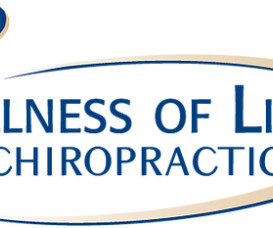Whiplash: What is it?
Imperium Health Center
MARCH 6, 2024
Whiplash is a neck injury resulting from forceful, rapid movement of the neck. Whiplash is commonly caused by rear-end car accidents. But whiplash can also result from sports accidents, physical abuse, and other types of traumas, such as a fall. Heat application is recommended after that.












Let's personalize your content